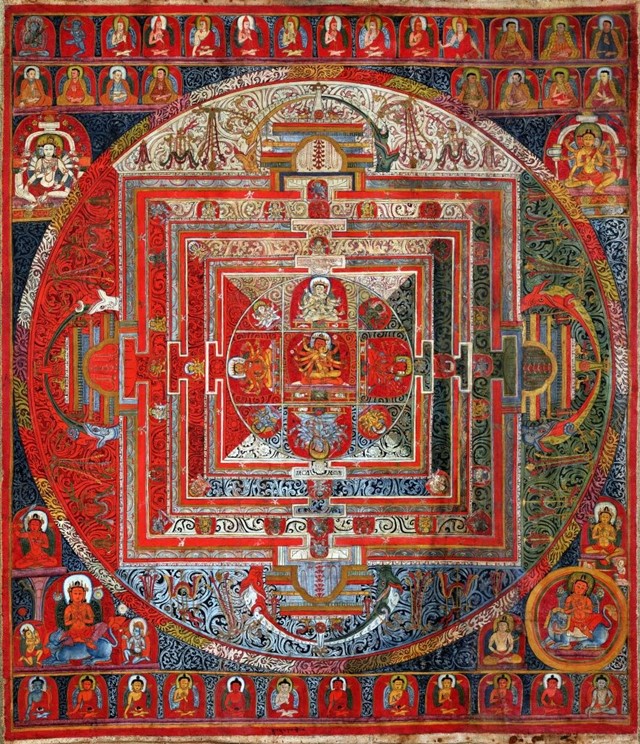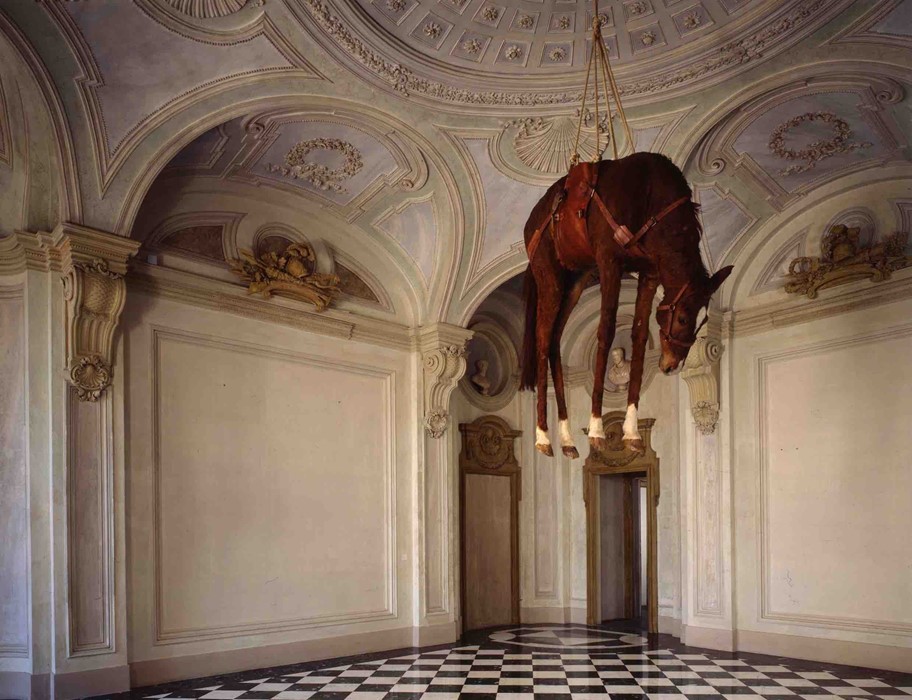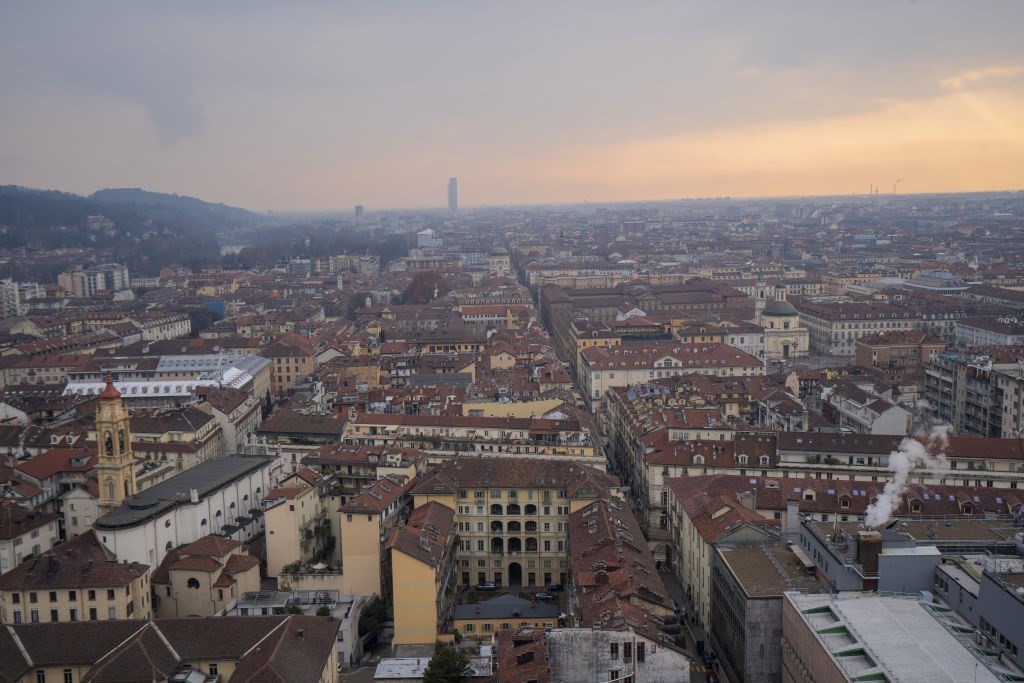Holly Connolly offers a guide to the Piemontese city of Turin, tailored to lovers of food and art
Introducing a series of alternative city guides, specially curated for the cultivated traveller.
Especially relative to its size, Turin has an exceptional history. The one-time capital of Italy, the city is the arguable birthplace of futurism, was nearly destroyed by mass bombing during the Second World War, remains a hub of the nation’s automobile industry (it was at one time twinned with Detroit). It would be easy to keep going: the city has seen decades of boom and bust, and characteristic of certain places that have been nearly brought to ruin, it has long fostered radical thought and creative potential.
Today, cheap rents and Turin’s commitment to the arts have meant the city has a growing reputation as a home for artists. It has a lively gallery scene that’s matched by a wave of restaurants and bars, serving both Piedmontese fare and more international offerings. It is also the place that, when I posted a photo to my Instagram Stories, I was most flooded with recommendations for. This always happens for larger cities, but it was a little unexpected for Turin; it feels like proof that it’s something of an insider’s city, a place that’s not a capital but where you can still find, as one person put it, “My mother’s favourite restaurant in the whole world.”
An hour’s train ride from Milan, a trip to Turin could be incorporated into a jaunt between Italy’s northern cities, or it could be treated as a destination in its own right. Turin particularly comes alive in late October for both Artissima and C2C Festival, drawing international music and art crowds.
Fondazione Merz
First meeting in Turin in the 1950s, the artist couple Mario and Marisa Merz would go on to become key figures in the development of Arte Povera through the late 60s and early 70s. Chaired by their daughter, since 2005 the Fondazione Merz has preserved both their legacy and their commitment to a radical art landscape, with a programme of exhibitions dedicated to Mario and Marisa, as well as to emerging contemporary artists. Formerly a 1930s power station, the Fondazione is a remarkably beautiful space, where until early February 2025, you can catch an exhibition in celebration of the centenary of Mario Merz’ birth.

Museo d’Arte Orientale
Until late March 2025 you can see Rabbit Inhabits the Moon, which centers around the work of the artist Nam June Paik, at MAO. Staged for the 140th anniversary of a bilateral treaty between Italy and Korea, which made Italy one of the first countries to establish diplomatic relations with the country, it’s a rich multimedia consideration of Paik’s output. To enter the show, which runs across a warren of silver-floored den-like rooms, you must don crime-scene style shoe protectors, setting the tone for a brilliantly weird exhibition.
Artissima
There might not be a better time to visit Turin than for Artissima, the city’s international contemporary art fair, which tends to run across several days towards the end of October and beginning of November. Since the early 90s the fair has paid host to galleries from across Italy and beyond, and its latest iteration saw nearly 200 international galleries represented. In line with Turin’s radical heritage, there is a strong spirit of innovation that runs through Artissima; it’s a fair that feels both more intimate and more experimental than some of its more major city counterparts. Highlights of this year’s fair included a Present Future section, curated by Léon Kruijswijk and Joel Valabrega.
C2C
And if Artissima wasn’t enough reason, late October also sees the city host the boundary-pushing C2C festival. Now in its twentieth iteration, the festival makes an easy twin with Artissima for its reputation for radical programming and its bold curatorial approach. A highlight of the European festival scene, C2C draws international crowds for its forward-looking line-ups and ability to keep its audience guessing.

Castello di Rivoli – Museo d'Arte Contemporanea
About a 30-minute drive outside of central Turin lies the Castello di Rivoli, former residence of the Royal House of Savoy, the site of which dates all the way back to around the 10th century. Since the mid 1980s, this monumental building has served as a contemporary art gallery, with an impressive permanent collection and a thoughtfully curated programme. Alongside the art, you can find one of the best views in Turin (aside from the Lingotto building) – take the lift up to the viewing platform, and if you’re lucky you can catch the sun setting slowly on the mountains like I did.
Osteria Antiche Sere
Head west of central Turin for this very special osteria. Recommended to me by one of the people I respect most when it comes to food, Osteria Antiche Sere is family-run, just far enough off the beaten track that it attracts few tourists and takes a vague, ‘who cares?’ approach to marketing (hours listed as “may be incorrect” on Google Maps, bookings only by phone). In other words, my platonic ideal of a holiday restaurant.
Da Cianci Piola
Situated in a lively square where the restaurant tables sprawl out onto the street, you will know Da Cianci Piola instantly for the queue outside it (they don’t take reservations). A firm favourite with locals and tourists alike, Da Cianci Piola draws regulars committed enough to brave a less-than-balmy autumn evening on its outside tables. Here all dishes are less than ten euros, and they serve the Piedmontese house wine in water glasses.
Caffè dell’Orologio
Restaurant, bar, purveyor of very good Piedmontese wines and deli, head to Caffe dell’Orologio for lunch, dinner or supplies Monday through Saturday. Taking a laid back but detail-oriented approach, in the few years they have been open this spot has quickly become a favourite on the food landscape. Dishes are authentic and unfussy, and they typically have a wide variety of local wines available to try by the glass – probably the best place to try true Piedmontese cuisine in a contemporary setting.
Piattini Caffè e Vini
A chic coffee spot and wine bar in one (and as it’s Italy they of course also serve food), Piattini attracts a young crowd for its low-key setting and vast variety of wines by the glass. For an easy place to while away an afternoon, you could also try Orso Laboratorio del Caffè, a speciality coffee shop.
Scannabue
Probably the best known classic restaurant in Turin, for over 15 years Scannabue has been drawing diners to a square towards the south of the city for its delicately prepared classics. Featured on the Michelin guide, the menu leans meat heavy (Scannabue means literally “slit the cows throat” in local dialect). It is also, fittingly given the city’s heritage, situated in a former car showroom, and is worth a visit for the chic green accented room alone. For a more opulent slice of old-school Turin, head to Del Cambio for a martini.
